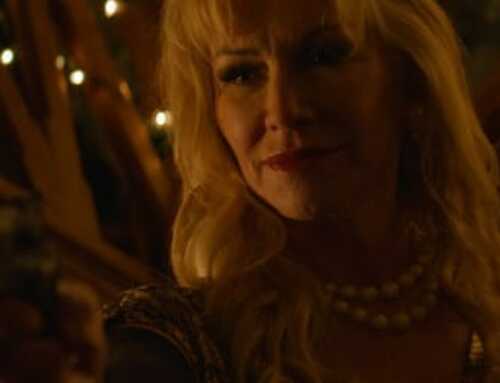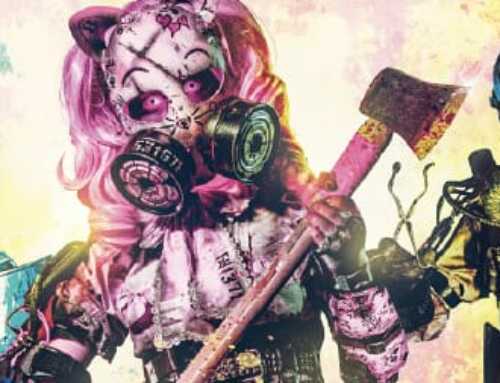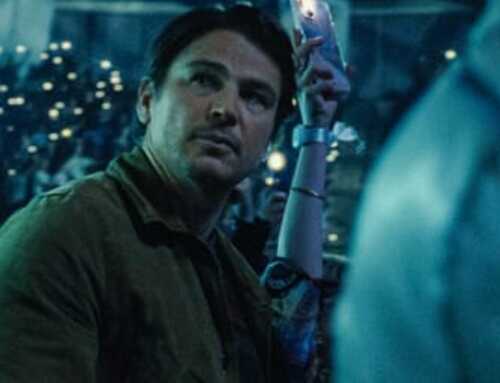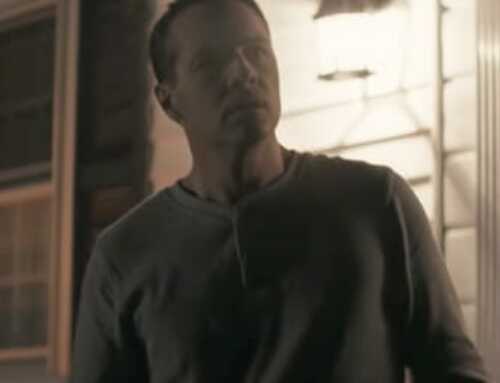Columbian filmmaker David Bohorquez’s 2021 film The Devil’s Child is a film that is layered both in plot and in setting, with the story employing both psychological and supernatural horror, and its setting using elements of both the 60s and late 1800s. Released May 7th to streaming platforms, The Devil’s Child was enjoyable to watch for its beautiful cinematography and its actors’ engrossing performances, though missed the mark on pacing and some plot elements, making the viewing, overall, a wash.
The film begins with a young woman named Cherry (Maria Camila Perez) leaving her friends behind for a job as an in-home nurse to a bedridden and sore-riddled formerly infamous psychic. Having grown up as an orphan, though she does not have much experience, the invalid’s daughter hires her anyway, as she must lave on business. With only the help of the house servant, Dwayne (Marvens Passiano), whom she grows closer to, Cherry discovers possible familial links to her new home, as well as the evil lurking within the home’s dusty wall.
The Devil’s Child takes its time getting into any actual plot. It is not exactly a slow-build, as it is certainly engrossing with its anachronistic vibe and ominous undertones; I would liken it to the languid pace of The Others (2001), another period-piece horror that deals with hauntings within one’s home. The characters seem like they are of the 1960s or 70s time period, but the setting looks to be of the 1800s, set in a drafty, creaky, and candlelit Victorian home. The film, itself, is beautifully lit, playing with bright and dim lighting to create shadows and voids of darkness; this light and dark visual juxtaposition worked well to portray the film’s theme of the truth being hidden just out of reach from the protagonist, Cherry, played by Maria Camila Perez in an endearing performance.
The plot seems to be hurtling towards some truth to inform the origin of our protagonist’s orphan origin, and along with the unexpected and strange haunted happenings, the film has a sense of mystery that grows into terrifying horrors that stem from both the supernatural and the psychological — The Devil’s Child, quite possibly, has an even more horrific rape scene than Rosemary’s Baby (1968).
These terrifying moments offer some excitement among the typical languid pace of the film, the only downside to it being that the movie ends up feeling a lot longer than it actually is — with only a one hour and a half hour runtime, The Devil’s Child feels like a two-hour family saga, and at the end of it all, it unfortunately still feels like it needs yet another half an hour, as the chosen ending does not directly answer all of the burning questions its mystery suspense plot had taken the time to build.
Though there seemed to be both psychological and supernatural elements to create this horror, the two mechanisms are melded together harmoniously and avoid confusing the plot thanks to David Bohorquez’s screenwriting. Furthermore, there are many beautiful shots throughout The Devil’s Child, often looking like an ethereal painting in color, playing with lightness and darkness to create an ominous atmosphere, and slow-motion shots that are as haunting as the film’s characters are haunted by their pasts. I was impressed with The Devil’s Child visually, but since the plot takes a long time to get off of the ground, and even worse, the story is never wrapped up in the end, at least from what I could discern, I was sorely disappointed with the story as it could have really had an ending that drove home overcoming the melancholy of many of the characters’ sad lives.
6 out of 10
| The Devil’s Child | ||
| RATING: | NR |
THE DEVIL'S CHILD Trailer (2021) |
| Runtime: | 1 Hr. 28 Mins. | |
| Directed By: | ||
| Written By: | David Bohorquez | |







